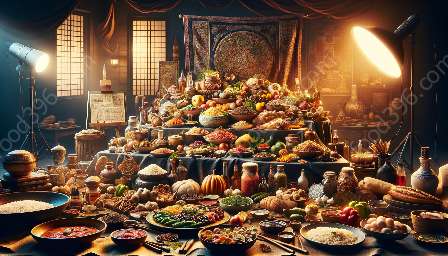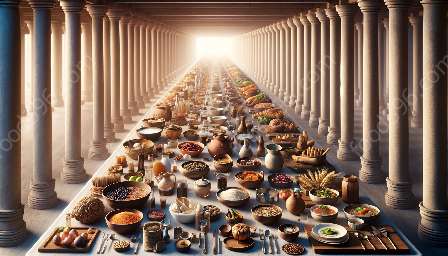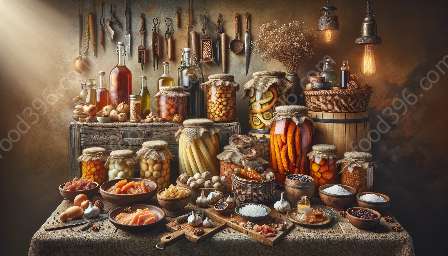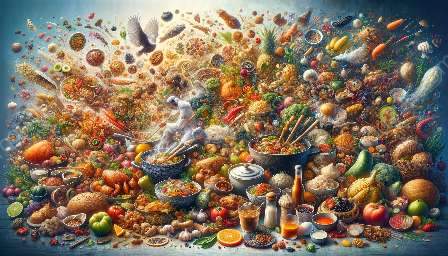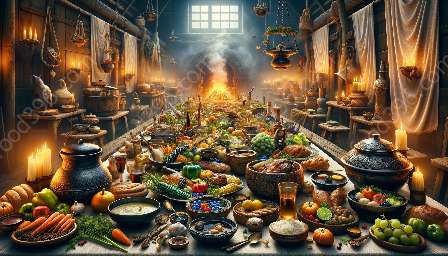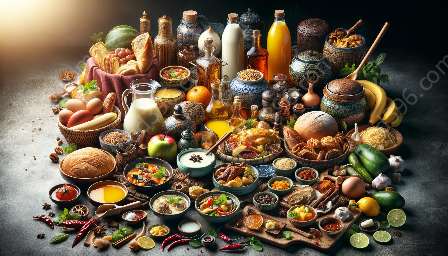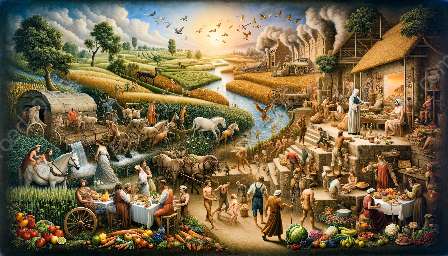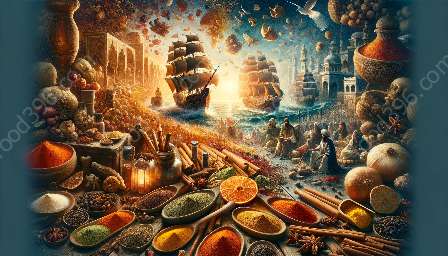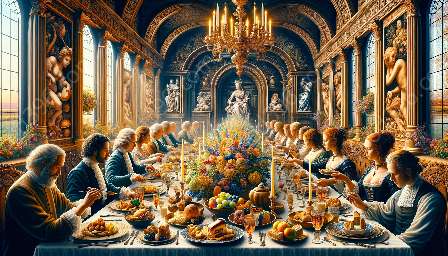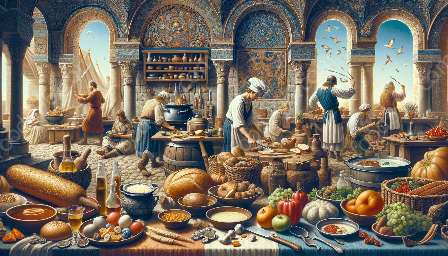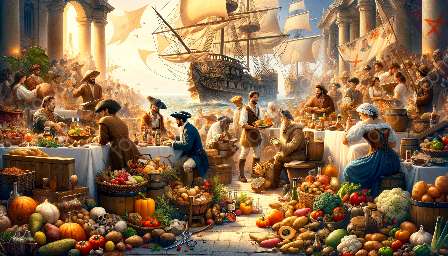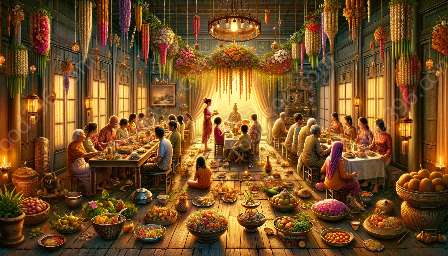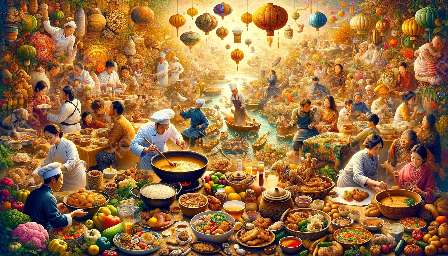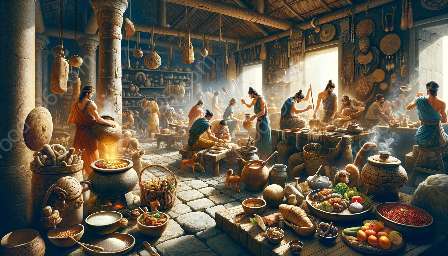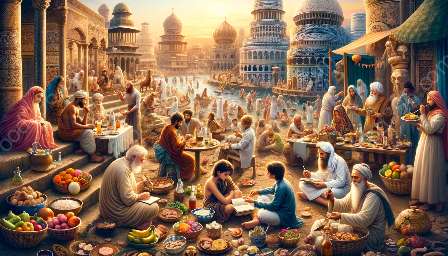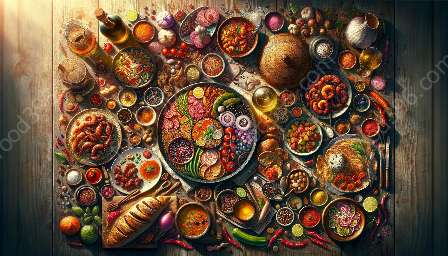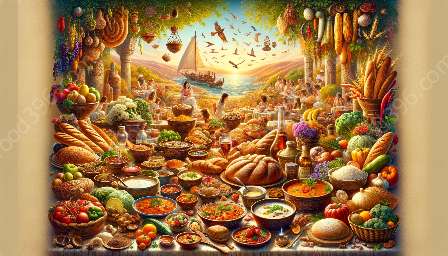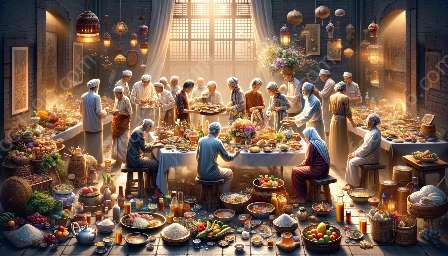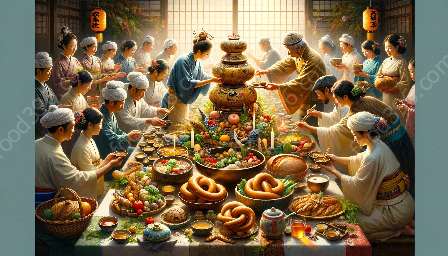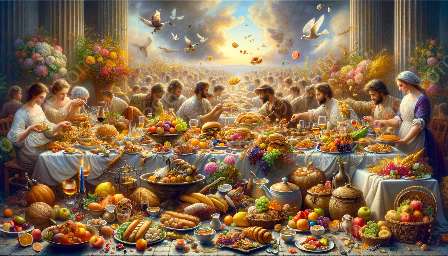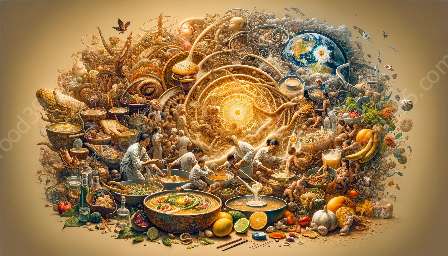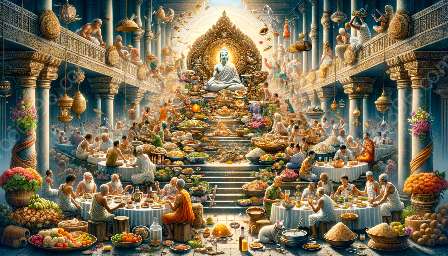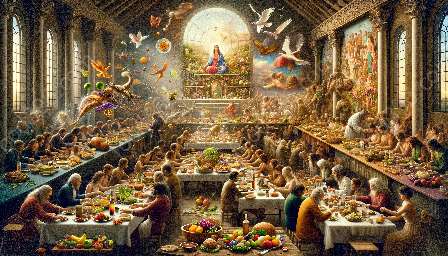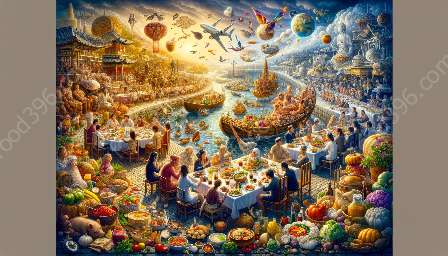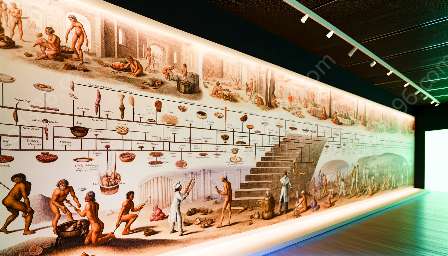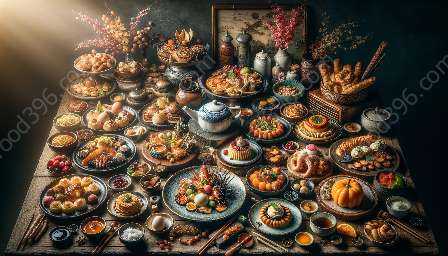Food connects people on multiple levels—physiological, social, psychological, and spiritual. One of the critical aspects of the culinary world is the deep-rooted significance of food rituals and symbolism. This guide aims to unravel the intriguing stories behind these rituals and symbols, exploring their profound connections to food culture, history, and the art of food and drink.
Understanding Food Rituals
Food rituals are an integral part of human culture, often serving as a means of expressing traditions, beliefs, and values. These rituals can manifest in various forms, such as feast days, religious ceremonies, and family gatherings. They contribute to the sense of identity and communal bonding, fostering a connection between individuals and their cultural heritage.
Historical Significance
Delving into history, food rituals have played a pivotal role in shaping societies and civilizations. The offering of food in rituals and ceremonies has been a practice since antiquity, signifying respect, gratitude, and a form of communion with the divine. From ancient religious ceremonies to modern-day celebrations, food rituals stand as a testament to the enduring legacy of culinary customs.
Uncovering Symbolism in Food
Food is laden with symbolism, representing deeper meanings and emotions. Across diverse cultures, certain ingredients, dishes, and dining practices carry symbolic significance, often linked to auspicious occasions, rites of passage, and folklore.
Cultural Connections
The symbolism of food reflects the ethos and beliefs of different societies. For instance, in Chinese culture, the roundness of dumplings symbolizes unity and completeness, often enjoyed during the Lunar New Year to usher in good fortune. Meanwhile, in Western cultures, the breaking of bread is a symbolic act of sharing and unity, rooted in religious and communal traditions.
Intertwining with Food Culture and History
Food rituals and symbolism are inextricably woven into the fabric of food culture and history. They serve as repositories of culinary traditions, carrying the legacies of generations through their practices and meanings. From harvest festivals to wedding feasts, these rituals and symbols paint a vivid picture of the cultural tapestry of food.
Heritage Preservation
Exploring the significance of food rituals and symbolism provides an insight into the preservation of cultural heritage. By understanding the historical context and cultural nuances associated with food practices, we can appreciate the depth of culinary traditions and their enduring impact on societies.
Art of Food and Drink
Beyond their cultural and historical dimensions, food rituals and symbolism also intersect with the art of food and drink. Chefs and artisans often infuse symbolic elements into their creations, adding layers of meaning to culinary experiences and elevating the sensory journey of dining.
Culinary Creativity
From intricately designed pastries to meticulously crafted table settings, the art of food and drink showcases the fusion of creativity and tradition. The integration of symbolic elements in gastronomic creations enhances the storytelling aspect of food, offering diners an immersive and emotionally resonant dining experience.

